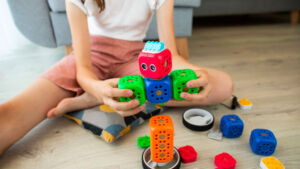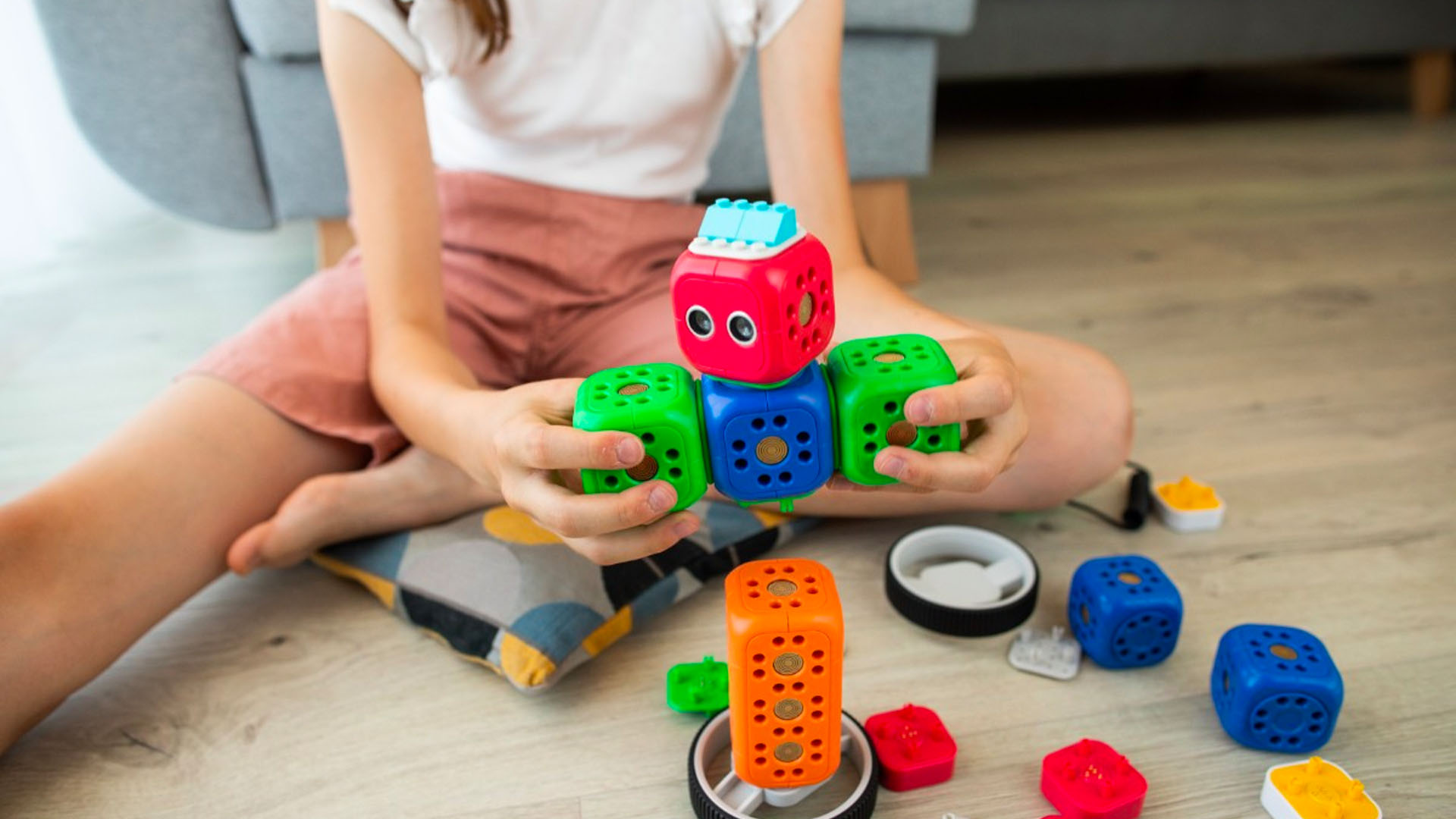All too often, students believe attentively listening to a lecture in class, doing homework, and passing an exam is sufficient evidence that they know the subject matter. This may be true with subjects which emphasize memorizing/recalling material, but the jobs of the future won’t be like that. Robots can memorize rules and apply algorithms faster and more reliably than humans. To really succeed in the workforce of the future, employees will need robot-proof skills like creativity, problem solving, critical thinking, collaboration, and communication. Today, technology is producing machines which utilize Artificial Intelligence and Machine Learning. Truly, these are wonders of our modern age. But, many human jobs are at risk of being replaced by these machines that, from the outside, appear to be able to ‘think.’

The human brain has talents that machines can’t match. Those talents aren’t based on memorizing facts – they are the combination of insight, intuition, experience and creativity. Students who have learned to solve problems, persist past frustration to achieve goals, embrace flexibility, imagine a world that ‘can be’ rather than simply ‘what is’ will ALWAYS outperform machines. Those students will always be high value/high performance members of teams and secure a place for themselves in the economy of the future. The question is: How do students acquire these ‘robot proof’ skills?
Our answer is simple: make things!
It will come as no surprise to educators that student engagement with traditional pedagogy is low. We are not ‘turning on’ the vast potential of the brains of students with dry lectures and stale lesson plans. Humans have evolved to learn best when their hands are involved. Why not use the power of our hands to activate real learning during school?! Making something combines the head and the hands to solve problems. The solutions to many problems are innovations which cannot be scripted or anticipated. The real world provides uncompromising feedback when it comes to making things. A maker mindset engages students to collaborate, articulate, imaginate and create solutions that can’t be programmed into a machine . . . and which have the biggest impact on student attainment.
A maker mindset engages students to collaborate, articulate, imaginate and create solutions that can’t be programmed into a machine…and which have the biggest impact on student attainment.
Making at this level is not just tinkering – it’s thinkering! Every employer in high demand/high wage career areas desire workers who can think on their feet and work with their hands. Who will fix the robots? Setup and maintain the complex machinery and processes that dominate the modern world? Design, develop and construct the economy of the future?
Makers! That’s who!
If you are interested in creating a makerspace in your building or community please visit our website at www.1stmakerspace.com or visit the Keep Indiana Learning website at to watch the 1st Maker Space series of videos in the Ondemand Learning Library.
Resources
Please login or register to claim PGPs.
Alternatively, you may use the PGP Request Form if you prefer to not register an account.



